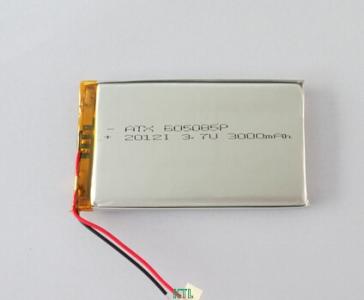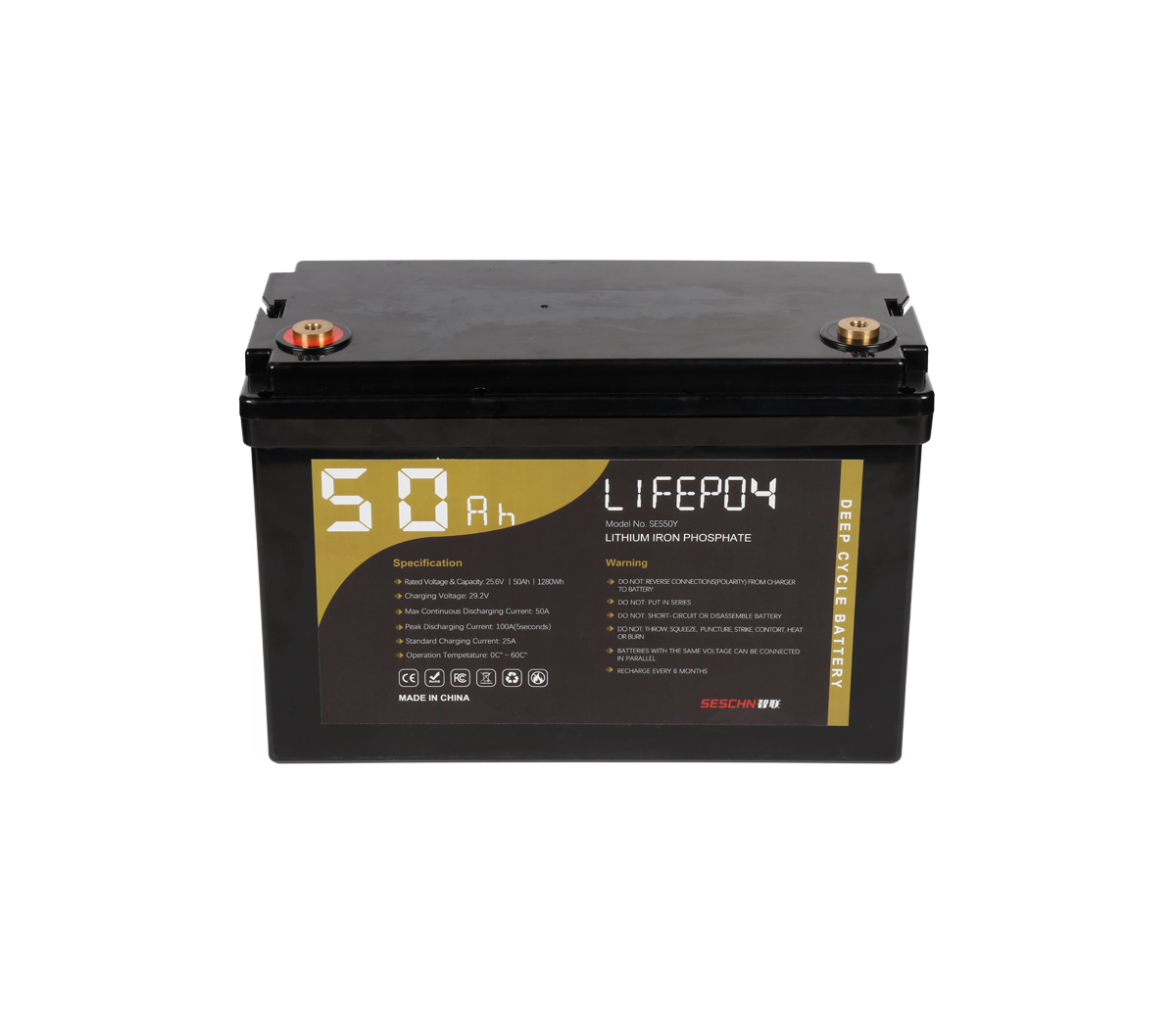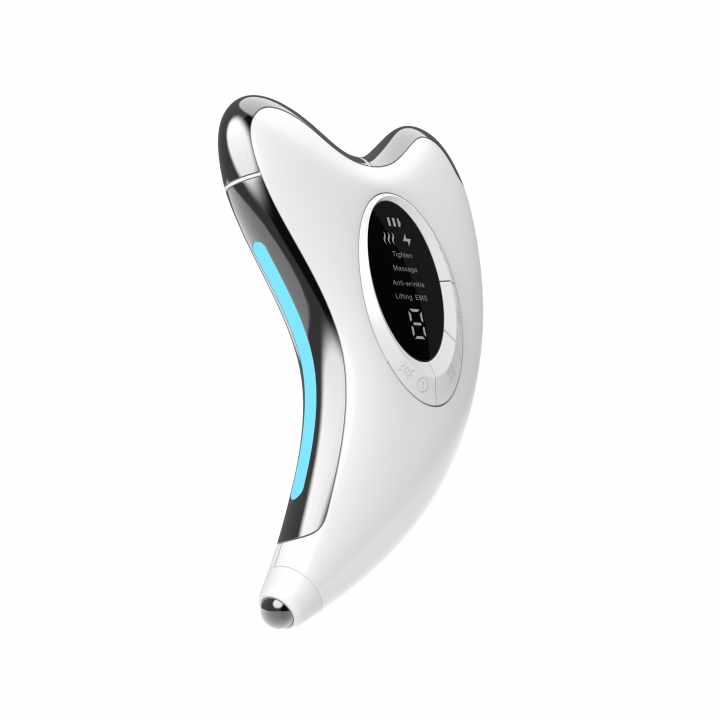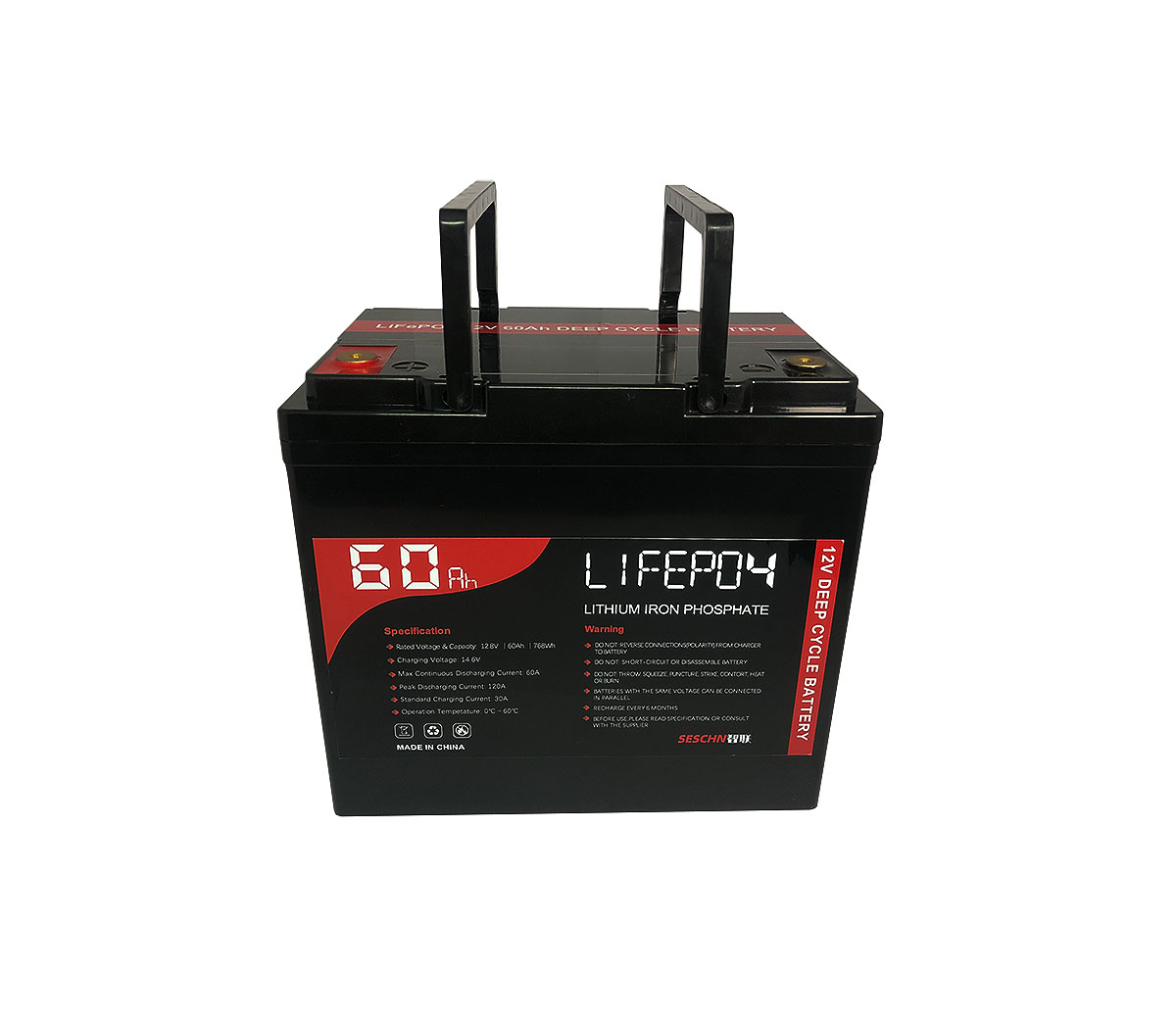
Supercapacitors have both large capacity and high power density, so they
have extremely wide application prospects in backup power supply, alternative
power supply, high-power output, etc. The performance of supercapacitors mainly
depends on electrode materials. In recent years, scholars from various countries
have conducted a lot of research on electrode materials of supercapacitors.
The types of supercapacitors can be divided into electric double-layer
capacitors, Faraday quasi-capacitors (also known as pseudo-capacitance
capacitors) and hybrid capacitors based on their working principles. Electric
double-layer capacitors are based on the electric double-layer theory and use
the electric double-layer capacitance at the interface formed between the
electrode and the electrolyte to store energy. The Faraday quasi-capacitor is
based on the Faraday process, which is generated during the electrochemical
change process of Faraday charge transfer, which not only occurs on the surface
of the electrode, but also can penetrate deep into the electrode. According to
these two principles, the current electrode materials of supercapacitors are
mainly divided into three categories [1]: carbon materials, metal oxide and
hydrate materials, and conductive polymer materials.
2Carbon material-based electrode material
Among all electrochemical supercapacitor electrode materials, the earliest
research and the most mature technology is carbon material. The research started
from related patents published by Beck in 1957. The research of carbon
electrodes mainly focuses on the preparation of porous electrode materials with
large specific surface area and small internal resistance. The carbon materials
that can be used as supercapacitor electrodes mainly include: activated carbon,
nano-carbon fiber, glassy carbon, carbon aerogel, nano-carbon Tube and so
on.
Activated carbon (AC) is the earliest carbon electrode material used in
supercapacitors [2]. It is mainly carbon, combined with hydrogen, oxygen,
nitrogen, etc., has a good adsorption effect. Its characteristic is that its
specific surface area is particularly large, and its specific capacity is more
than five times higher than platinum black and palladium black [3]. J. Gamby [4]
tested several activated carbon supercapacitors with different specific surface
areas. Among them, the sample with the largest specific surface area of
2315m2˙g had the highest specific capacity, reaching 125F/g. At the same time,
it was found that the specific surface area and pore structure of activated
carbon have the highest specific capacity. The specific capacity and internal
resistance of the electrode have a great influence.
Activated Carbon Fiber (ACF) is a highly efficient active adsorption
material and environmentally friendly engineering material with better
performance than activated carbon. The preparation of ACF generally involves
stabilizing the organic precursor fiber at a low temperature (200°C~400)°C,
followed by carbonization and activation (700°C~1000)°C. Japan’s Matsushita
Electric Company used activated carbon powder as a raw material to prepare
electrodes for electric double-layer capacitors in the early days. 1500~3000m2/g
phenolic activated carbon fiber [5], the advantages of activated carbon fiber
are high mass specific capacity, good conductivity, but low apparent density.
H.Nakagawa developed high-density activated carbon fiber (HD-ACF) [6] by hot
pressing, with a density of 0.2~0.8g/m3 without any adhesive. The electronic
conductivity of this material is much higher than that of activated carbon
powder electrodes, and the capacitance value increases with the increase of the
density of activated carbon fibers. It is a promising electrode material. Using
this HD-ACF to make supercapacitor electrodes [7], the results show that for
unit capacitors of the same size, the capacitance of the capacitor using HD-ACF
as the electrode is significantly improved.
Carbon aerogel is a new type of lightweight nanoporous amorphous carbon
material. Its porosity is as high as 80%~98%, the typical pore size is <50nm,
the network colloid particle size is 3~20nm, and the specific surface area is as
high as 60~1000m2/ g, with a density of 0.05~0.80g/m3, it is a new type of
material with many excellent properties (such as conductivity, optical
conductivity and mechanical properties) and broad application prospects [8].
Meng Qinghan, Liu Ling [9] and others used low-molecular phenolic resin-furfural
as the raw material to successfully synthesize carbon aerogels through a
solution-sol-gel route. The results show that the carbon aerogel electrode is
charged and discharged at 0.5 mA. When the electrode has a specific capacitance
of 121F/g and a charge-discharge efficiency of 95%, it has excellent performance
such as stable performance and high charge-discharge efficiency.
With the first discovery of carbon nanotubes in 1991, due to their unique
structural properties, they have widely attracted the attention of people from
all walks of life. Carbon nanotubes (CNTs) as electrode materials for
supercapacitors have their advantages: high crystallinity, good conductivity,
large specific surface area, and micropores are concentrated in a certain range
(and the micropore size is controllable), theoretically It should be an ideal
material for supercapacitors. Niu et al. [10] used carbon nanotubes with an
average diameter of about 8nm to make sheet electrodes, which have an open-pore
structure that is difficult to obtain with activated carbon and other carbon
fibers. When 38% sulfuric acid is used as the electrolyte, the specific capacity
at 1Hz frequency is 102F/g, the specific capacity at 100Hz frequency is 49F/g,
and the specific power exceeds 8000W/kg.
There is still a lot of work to be done on the use of carbon nanotubes as
electrode materials for electrochemical supercapacitors, such as the degree of
graphitization of carbon nanotubes, the size of carbon nanotube diameters, the
length of carbon nanotubes, and the degree of bending of carbon nanotubes. And
the difference in the groups connected to the carbon nanotubes caused by
different treatment methods will have a great impact on the performance of the
electrochemical supercapacitor composed of it.
3 metal oxide and hydrate material
Introduction to common metal oxide and hydrate materials Some metal oxides
and hydrates are very good materials for supercapacitor electrodes. The Faraday
quasi-capacitance produced by the metal oxide electrode in the supercapacitor is
much larger than the electric double layer capacitance on the surface of the
carbon material electrode. Because a fast and reversible electrode reaction
occurs on the metal oxide electrode, and the electrode reaction can penetrate
deep into the electrode, the energy is stored in a three-dimensional space,
which increases the energy density [11]. There are many research reports on Ru
oxides and hydrates as electrode materials for supercapacitors, and their
performance is relatively good. However, Ru is a noble metal and has a high
cost, which is not conducive to large-scale industrial production. Therefore,
people began to look for other cheap metal materials to replace Ru. Now, the
research of manganese oxide electrode materials for supercapacitors has made
great progress. Manganese dioxide with high surface area is a new type of
electrode material with low price and good performance. Sol-gel method and
electrochemical deposition method were used to prepare MnO2. Through comparison,
it was found that the specific capacitance of MnO2 prepared by sol-gel method
was 1/3 higher than that of MnO2 prepared by deposition method, reaching 698F/g,
and After 1500 cycles, the capacity attenuation is less than 10% [12].
In addition to manganese oxide, nickel oxide and cobalt oxide materials are
also very promising electrode materials for supercapacitors. Some researchers
have also experimented with other metal oxides as supercapacitor materials. If
the porous V2O5 hydrate is used as the active material of the electrode, the
specific capacity can reach 350F/g.
The current research focus of metal composite electrode materials is to
find a suitable metal or oxide to replace Ru, reduce the amount of Ru, reduce
costs, and increase the specific capacitance of the electrode material. Cheng
Jie et al. [13] used ultra-thin sintered composite nickel-cobalt electrode
(Co:Ni about 1:4, thickness 0.31mm) as the positive electrode, activated carbon
electrode with a specific capacitance of 250F/g as the negative electrode, and
7mol/LKOH solution as the negative electrode. The supercapacitor assembled by
the electrolyte has high constant current charge and discharge efficiency, good
rate performance, low self-discharge, specific energy up to 16Wh/kg, and maximum
specific power up to 10kW/kg (based on the sum of the masses of the positive and
negative electrodes ).
Zhang Baohong et al. [14] added PbO to MnO2 to inhibit the generation and
accumulation of electrochemically inert material Mn3O4, thereby improving the
performance of the electrode. From the 2000 cycle performance, when the current
density is 50mA/cm, the MnO2 electrode added with -PbO still has good cycle
performance, and the capacity decay is less than 10%.
There are also researchers [15] electrochemically depositing porous
nanostructured SnO2 on a low-priced stainless steel electrode to prepare a
composite electrode, using a 0.1M Na2SO4 solution as the electrolyte to form a
Faraday quasi-supercapacitor that undergoes a redox reaction. . Then it was
characterized by cyclic voltammetry, and the maximum characteristic impedance
measured was 285F/g. Moreover, as the quality of SnO2 increases, the
characteristic impedance also shows an increasing trend.
4 Conductive polymer electrode material
Because conductive polymer materials lack effective long-range order, the
movement of their internal free charges is restricted, so most conductive
polymers have poor conductivity, but when conductive polymer materials are in a
doped state, their conductivity is significant Increase and increase electrical
activity. Although the electrical conductivity of the polymer material has some
restrictions on its application, when it is applied to the electrode material of
supercapacitors, because the surface and inside of the material are distributed
with a large number of micropores that can be filled with electrolyte, and can
form a network of three-dimensional Structure, the migration of electrons and
ions in the electrode can be completed by the exchange with ions in the
electrolyte, so the conductive polymer as the electrode material of the
supercapacitor does not need high conductivity.
A. Rudge et al. used poly(3-(4-fluorophenyl)thiophene) which can be doped
and de-doped with p-type and n-type in 1mol/L tetramethylammonium
trifluorosulfonate electrolyte in acetonitrile. (PF-PT) as the electrode
material, a supercapacitor with a fully charged voltage of 3V, an energy density
of 39W˙h/kg, and a power density of 35kw/kg was obtained.
Kat-suhikoNaoi et al. studied the application of
poly(1,5-diaminoanthraquinone) in supercapacitors [16]. The electrochemically
synthesized poly(1,5-diaminoanthraquinone) can form a type III supercapacitor in
an electrolyte of 1.0mol/L tetraethylammonium perchlorate/propylene carbonate.
The energy density of the capacitor is 25~46w/ h˙kg, the power density is
10.2~30.5kw/kg. 5 Conclusion Since various single electrode materials have
their own shortcomings, composite electrode materials will be used as a new type
of supercapacitor electrode material. The supercapacitor composite electrode
materials currently being developed include: C/RuO2, C/lrO2, C/V2O5, Co3O4/RuO2,
SnO2/RuO2, C/PANI, etc. These materials can achieve a reasonable balance of
material performance and cost, and It has excellent performance that a single
electrode material does not have, and its application prospects are very
broad.



































